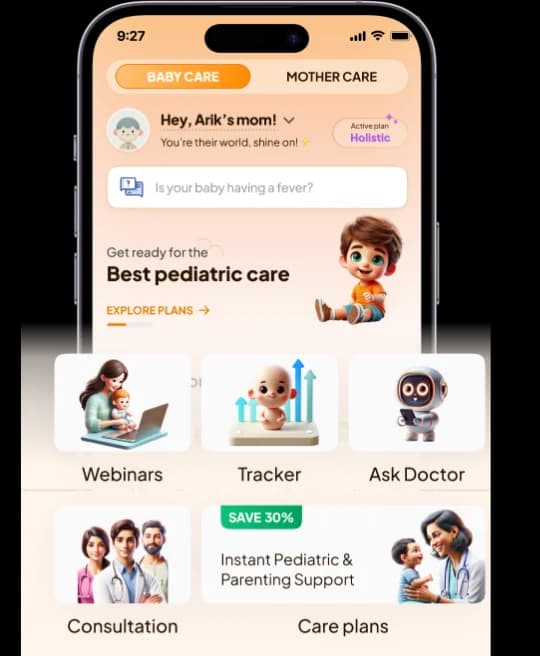
The teething process can be complicated for some infants and their parents, while it is entirely painless for others. When it comes to the eruption of your baby's first tooth, you will undoubtedly see a few more frequent signs. In some cases, eruption cysts can also be observed.
In this blog, we will discuss eruption cysts in babies (teething) and how to treat them.
What is a Cyst of Eruption?
A baby's eruption cyst may be a congenital eruption cyst or a hematoma cyst, depending on the type of fluid that fills the cyst. Both phrases refer to the same thing: the eruption cyst of a teething newborn. While still developing, a baby's gums may become swollen and sensitive. Rarely, fluid-filled sacs and bubbles might be observed. When a tooth erupts, it may form above or below the gum-line. The process is known as "emergence." No therapy is required as long as a pearly white develops from the cyst.
How common are infant eruptive cysts?
They are most widespread between 6 and 9 when the first adult molars emerge. It is conceivable for older children under 10 to have eruptive cysts.
What are some of the main risk factors for eruptive cysts?
There is currently no known cause for newborn cystic eruptions. However, research indicates that the following conditions may enhance the probability that infants will develop eruption cysts-
- Dental infection, in addition to early tooth deterioration
- Tooth has less space to erupt
What Causes a Newborn’s Eruption Cyst?
- Can occur spontaneously when fluid accumulates around a tooth that is about to erupt
- Develops when the dental follicle breaks from the crown of an erupting tooth
- Can contain blood, leading to an "eruptive hematoma"
- Related to tooth eruptions, more likely to occur within the first two decades of life
